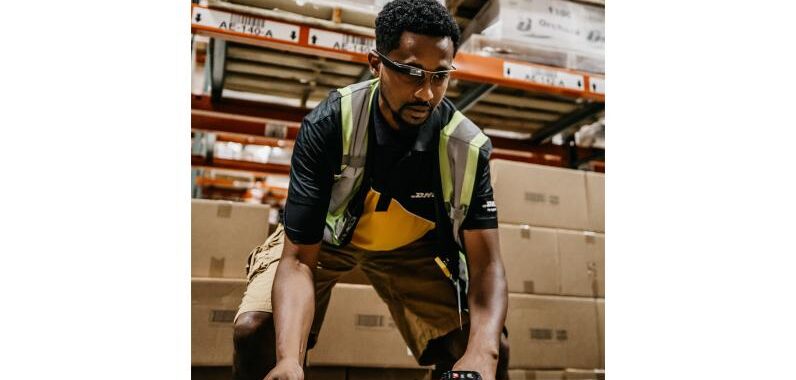DHL has released the second part of its trend report, named the Future of Work in Logistics, in which it predicts that the industry will lean toward augmented and automated processes in the next few decades.
This installment of the DHL trend report presents two possible futures – one augmented by technology and one automated by it – and the practical considerations for balancing the implementation of each while leading through change. DHL predicts a future in which some aspects from both the augmented and automated concepts are realized, mostly across the following six segments of the supply chain – warehousing operations, long-haul transportation, last-mile delivery, back-office operations, customer service and supply chain planning.
With augmenting technology, employees such as warehouse specialists and couriers are expected to perform more quickly and safely, and with less physical and mental effort due to new smart technologies. The workspace primarily used as office space will also reduce, permitting more real estate to be dedicated to logistics functions like warehousing, as technology enables office staff to work remotely.
With automated technology, DHL anticipates that machines and collaborative robots would perform operational tasks with around-the-clock efficiency and with little-to-no errors, ensuring the continual upkeep, optimization and expansion of a fully digitalized logistics industry. There would also be a shift in the workforce toward jobs that keep the supply chain running such as maintenance and optimization crews.
As augmenting and automated technologies each provide their own advantages and challenges when adopting them into a supply chain, DHL does not expect either of these two concepts to wholly integrate, especially in the course of the next 10 to 20 years.
Like any large-scale change process, the company predicts that the shift to the future of work in logistics will require careful planning, active management, open communication and pragmatic leadership. It has broken this down into three key levers of success – new leadership and roles, new learning and development, and new work models and environment.
Overall, the company observed that while adoption is accelerating, the complete digital transformation of logistics is a multi-decade journey that is essential for improving supply chains to meet emerging customer demands. The research indicated that talent management will act as a key enabler, using a holistic approach to integrate multiple elements, such as technology, health and safety, sustainability and diversity – in one workplace.
Klaus Dohrmann, vice president of innovation Europe and trend research, DHL customer solutions and innovation, said, “We know that the digital transformation of logistics is not going to happen overnight, but we are now at a tipping point. Scaling digital transformation is people-led and technology-accelerated. From this perspective, we must prepare for the realities of augmented and automated futures today, and enable employees to play an active role in shaping the future of work alongside their organization.”
Jana Koch, partner and managing director, DHL Consulting, said, “We are a people business. It’s our people delivering the value of our services and of our business, so it’s our core interest to take everybody along on the digitalization journey. Everyone plays a role. It is important that leaders bring employees along and make them an active participant in change. By doing this they can cultivate an environment of preparation and adaption and provide avenues for workers to grow through retraining and upskilling. The logistics industry therefore needs to communicate and collaborate with government institutions, societal organizations and other industries to ensure that talent does not idle.”


